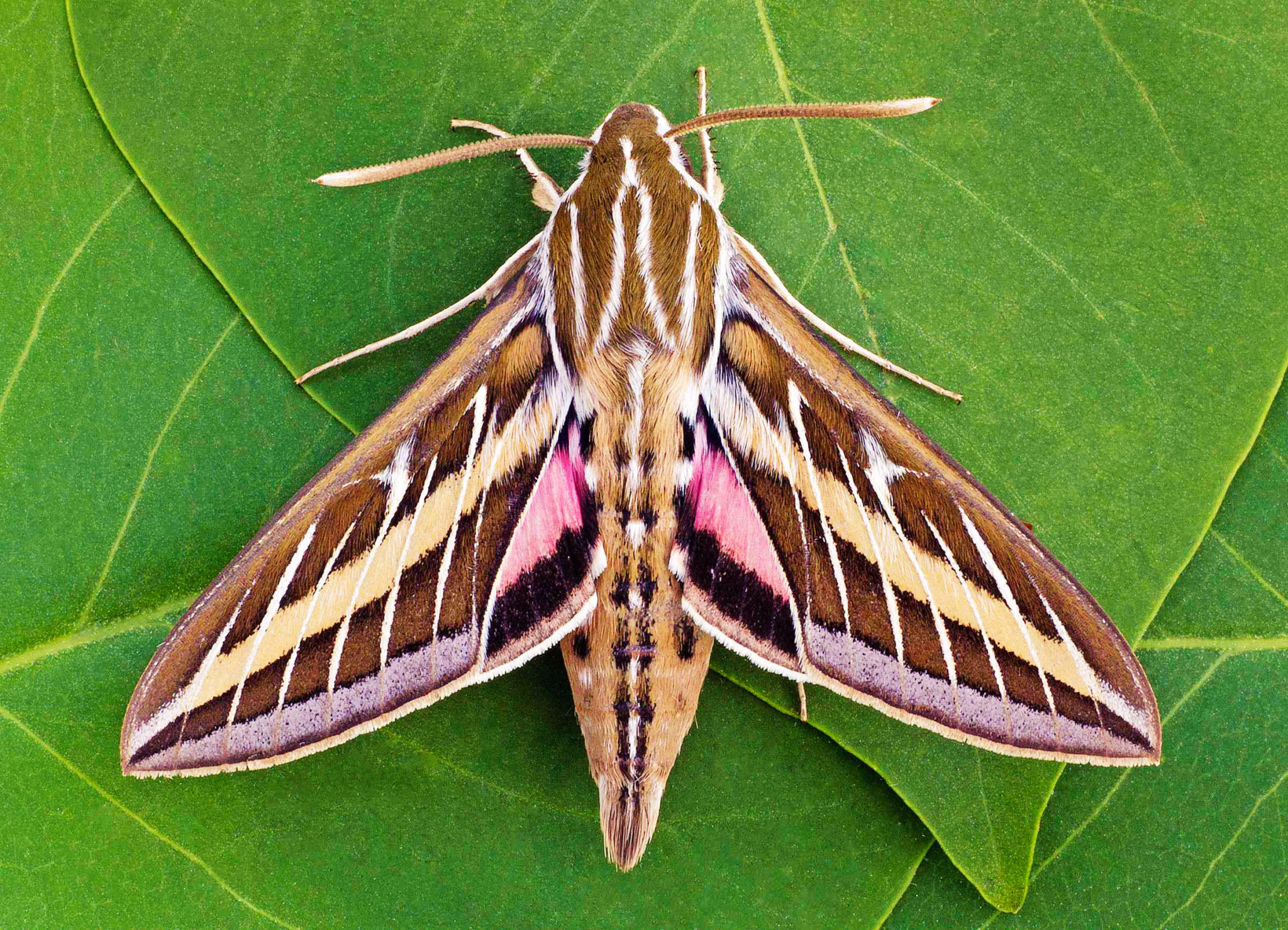

The extraordinarily long spur of Darwin’s orchid means it can only be pollinated by a specific hawk moth. Think of flowering tobacco ( Nicotiana sylvestris), a fairly popular annual, with its white, tubular blooms, wonderfully scented at night, but floppy and scentless during the day. For many plants, they’re important pollinators: many night-blooming plants give off heady aromas just to attract the nocturnal and crepuscular species. Some hawk moths are nocturnal or crepuscular, but others fly during the day, wowing gardeners with their acrobatics. Flowering tobacco ( Nicotiana sylvestris) flowers droop scentlessly during the day, but rise up and give off a powerful perfume at night to attract their pollinator, the hawk moth. By hovering, they can gain access to flowers not available to other insects, often using a proboscis as long as or longer than their body to suck up the sweet liquid.

Hovering requires a huge amount of energy and indeed, hawk moths are heavy feeders, attracted to a specific sugary, energy-rich food: flower nectar. This hovering capability is only known to have evolved only four times in the animal world, always in nectar feeders: in hummingbirds, certain bats, hoverflies and hawk moths. Some are mistaken for hummingbirds! Hawk moth slowed down so you can see its movement. This allows them to hover in the air, move forwards and backwards and travel at great speeds. Unlike the lazy movement of so many moths, they beat their narrow wings so rapidly, some up to 85 beats per second, that all you can see is a whir, often accompanied by a humming sound. There are over 1400 species found all over the world-big ones, medium ones, large ones-and what impresses most about them is their unique way of flying. One of the more curious insects you’re likely to run into as a gardener is the hawk moth, also called sphinx moth, a member of the Sphingidae family. Hummingbird hawk-moth ( Macroglossum stellatarum) visiting a thistle.


 0 kommentar(er)
0 kommentar(er)
